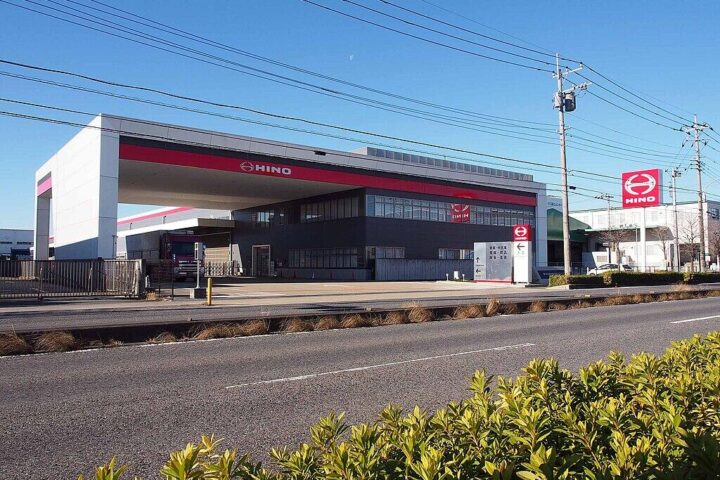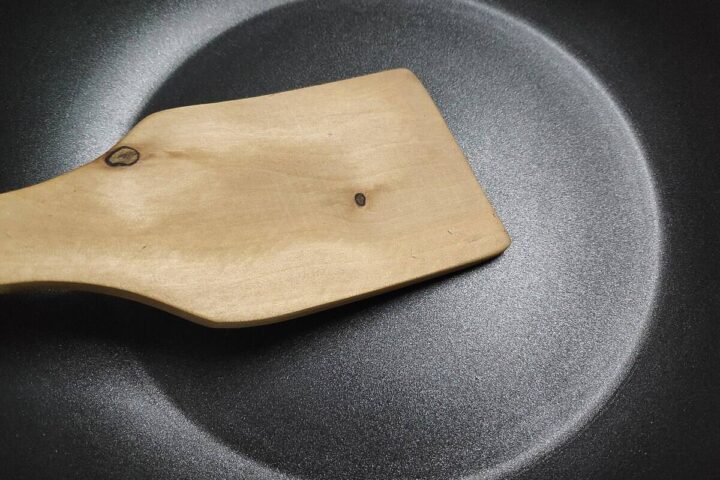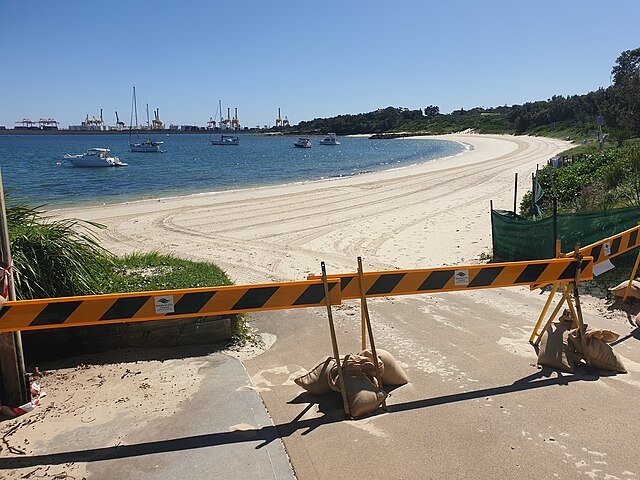On April 20, SpaceX’s Starship got its first test launch and exploded minutes later. The explosion caused debris from the rocket to wash up on the shores around the Starbase launch facility in Texas. Scraps & pieces of the spacecraft have been found by residents in the area, including hexagonal heat shield tiles. Many have stumbled upon the debris from last week’s Starship explosion and SpaceX would like to recover them.
The hexagonal tiles were meant to protect the rocket against heat during reentry into the Earth’s atmosphere. Moreover, any debris from the rocket found anywhere on the planet remains the launch operator’s property, according to the Outer Space Treaty of 1967.
Repairing the damage from the test flight is expected to take months and might delay further launch attempts. The rocket reached an altitude of approximately 40 kilometres before exploding, and debris is likely scattered over a much larger area. SpaceX has urged people not to handle or retrieve debris by themselves and instead to contact the company.
SpaceX Recovery
Moreover, any debris from the rocket found anywhere on the planet remains the launch operator’s property, according to the Outer Space Treaty of 1967. The Federal Aviation Administration (FAA) had given a green signal with their launch licence, along with the oversight of the United States. The main damage at the launch site is underneath, where the flames impinge on the ground, and repairing the crater will take several months.
Starship’s launch site lacked a water deluge system, which is used to flood the pad with water, cooling it and absorbing shock and sound waves. The Texas site also lacks what is known as a “flame trench,” which channels hot exhaust away from the pad. After the test, SpaceX began building a massive, water-cooled steel plate to go under the launch mount.
The engineers wrongly calculated that the pad could still withstand the test. The heat from the rocket’s 33 engines could possibly melt the steel in the proposed solution of a water-cooled steel plate. Musk estimates that a next launch attempt could be carried out as soon as “one to two months.”

















